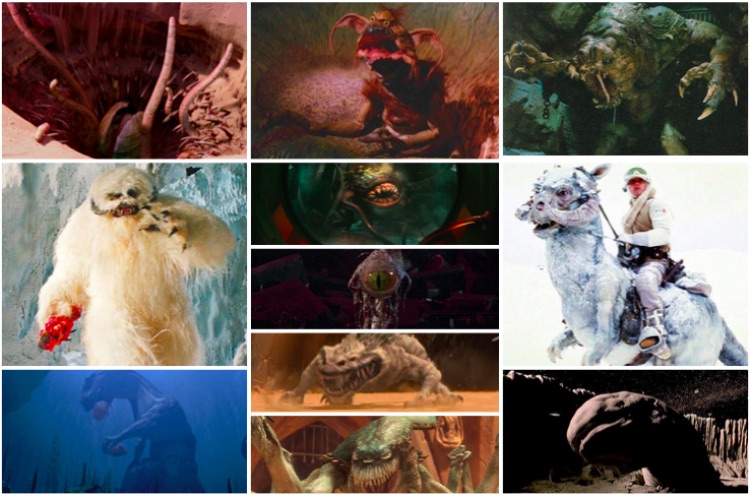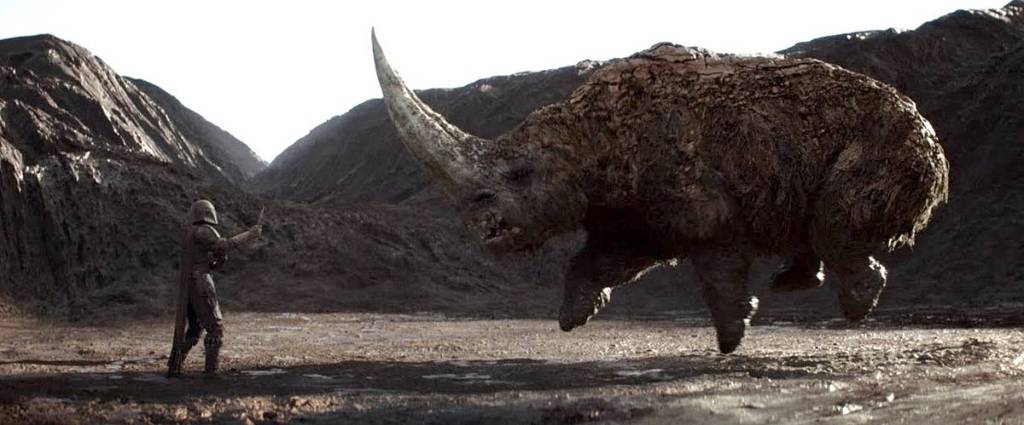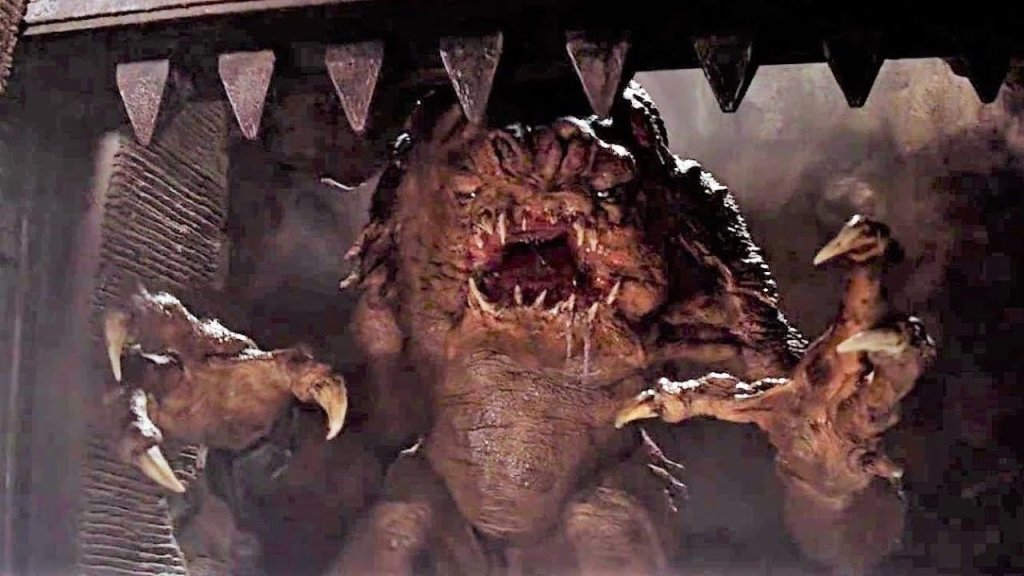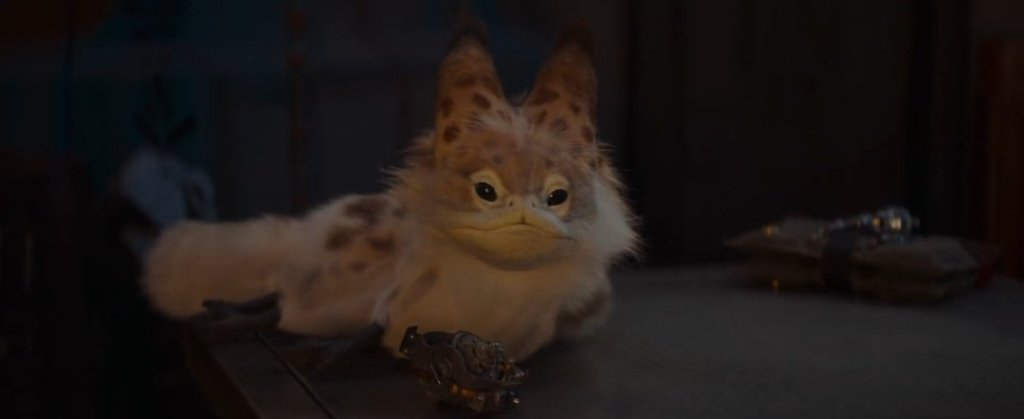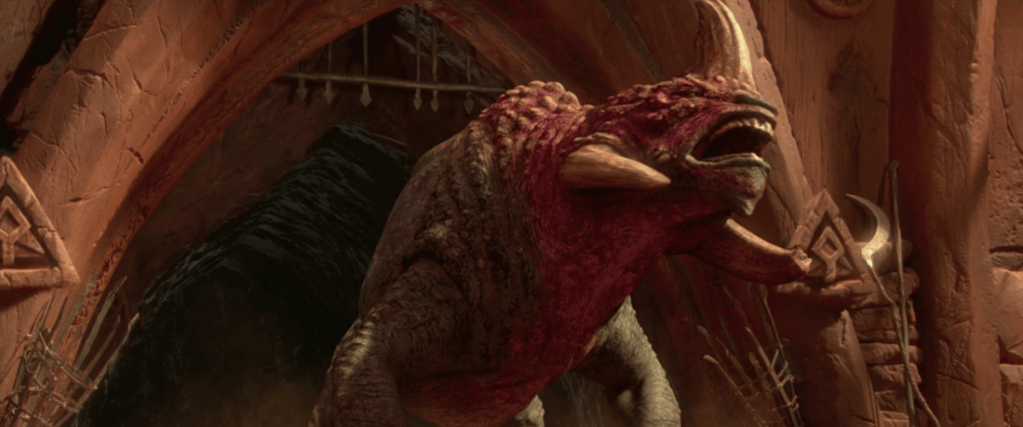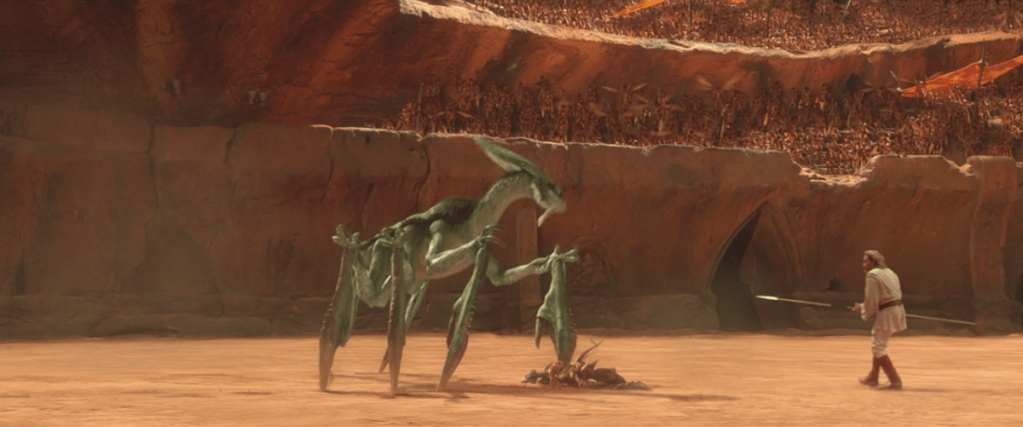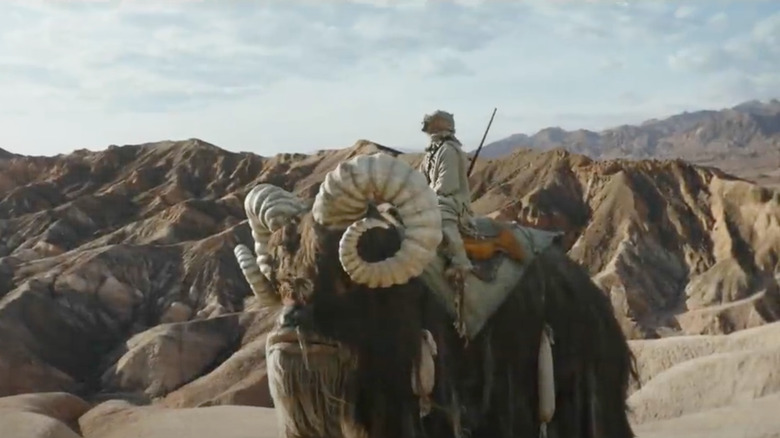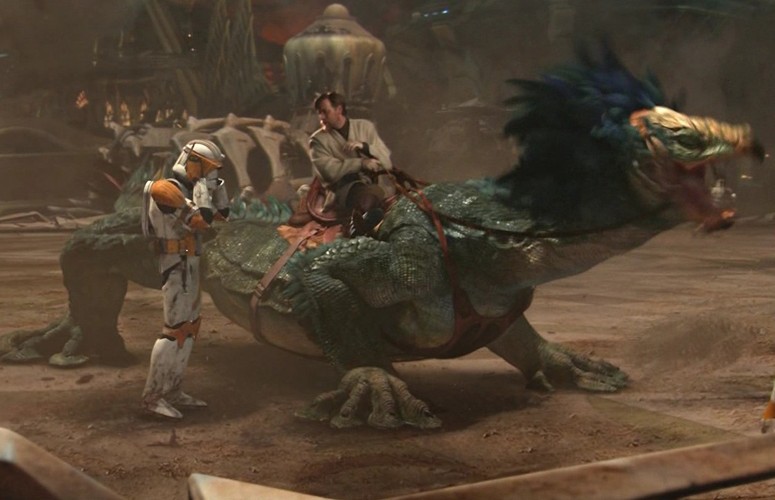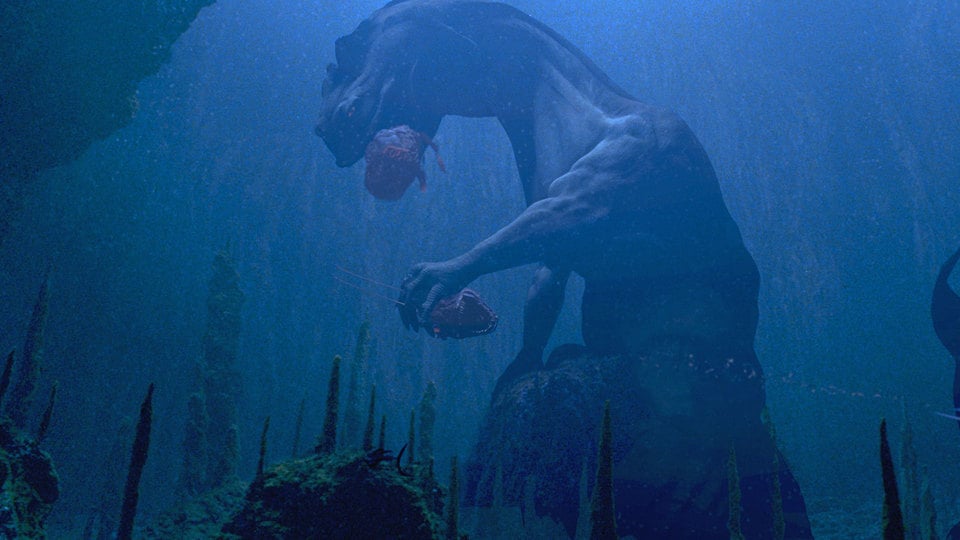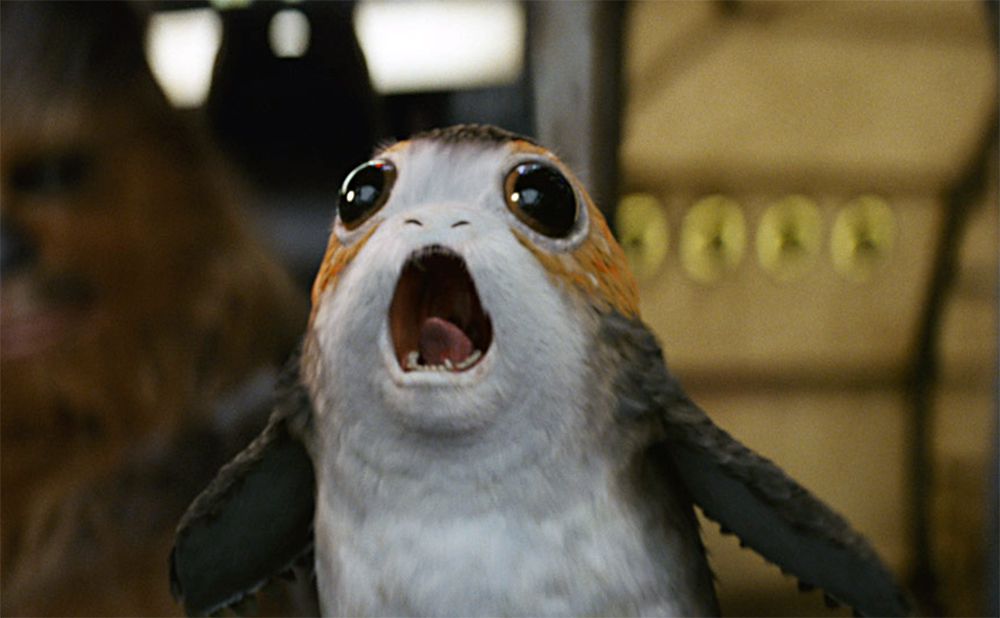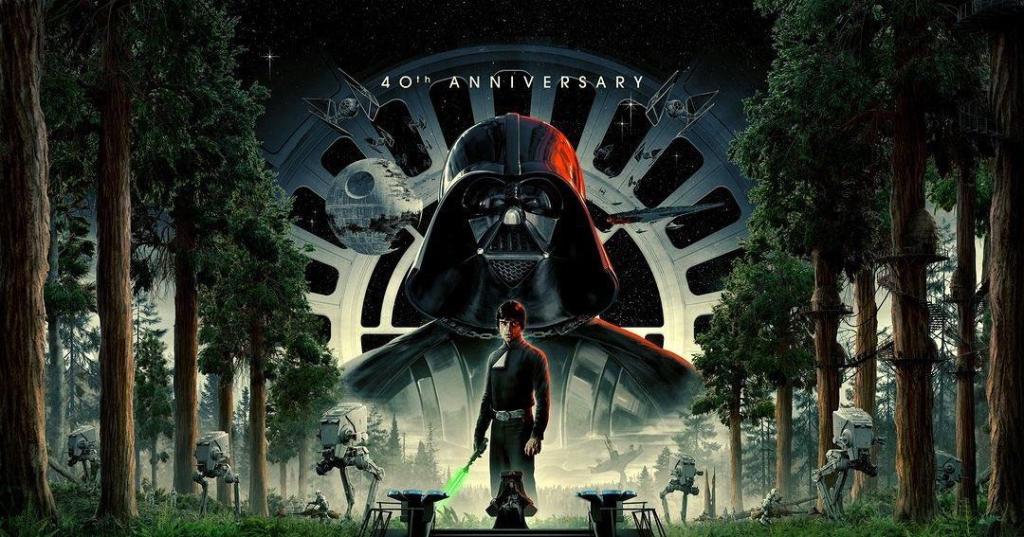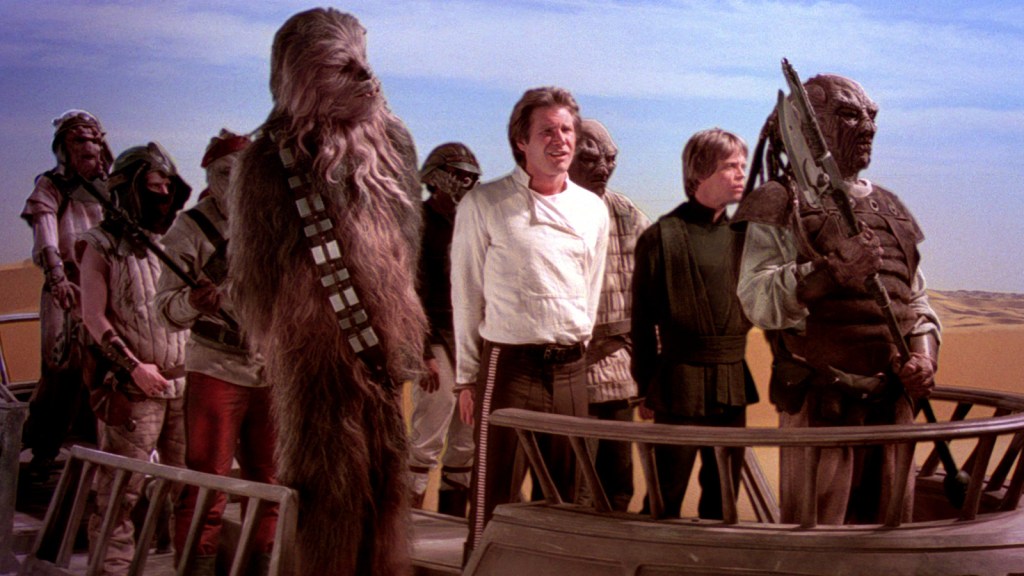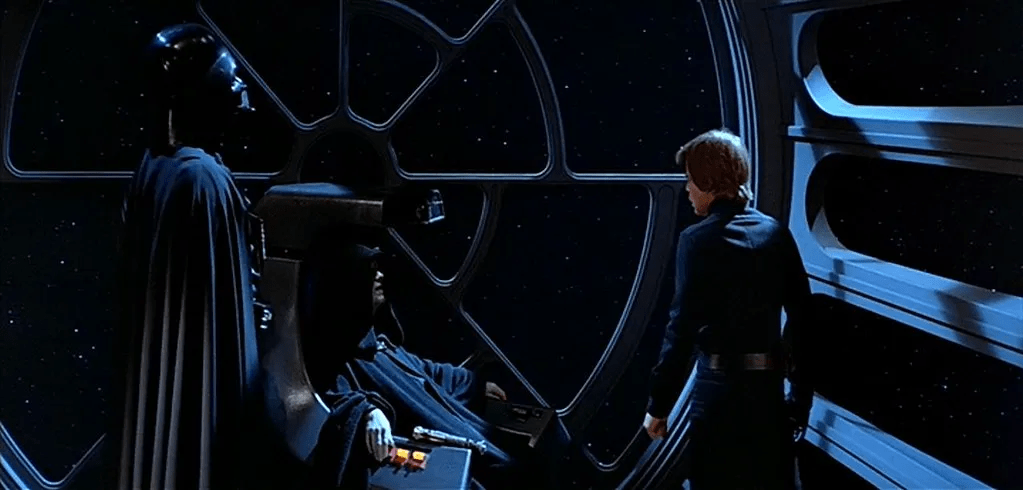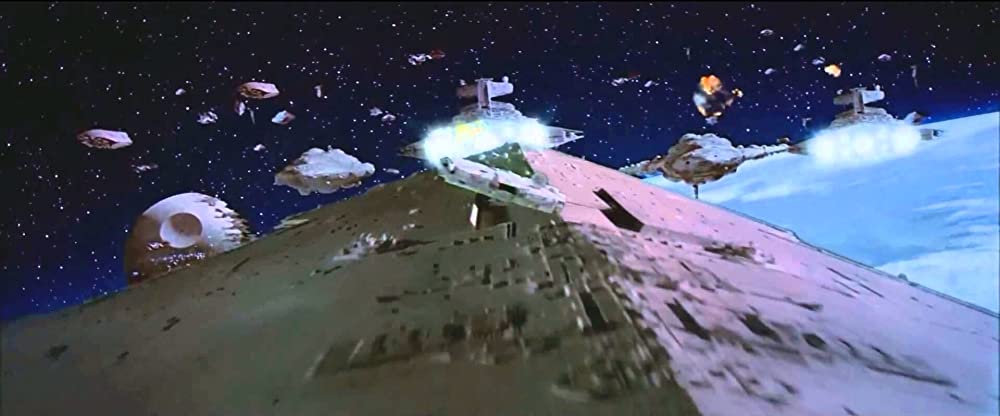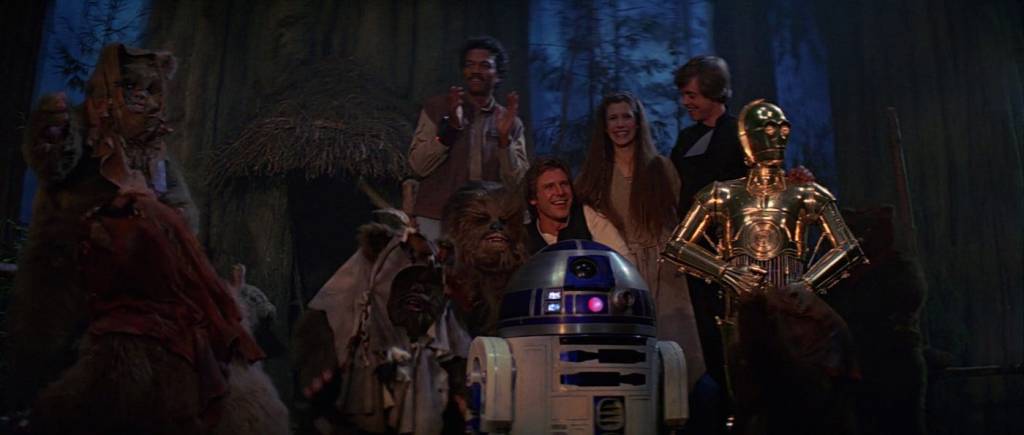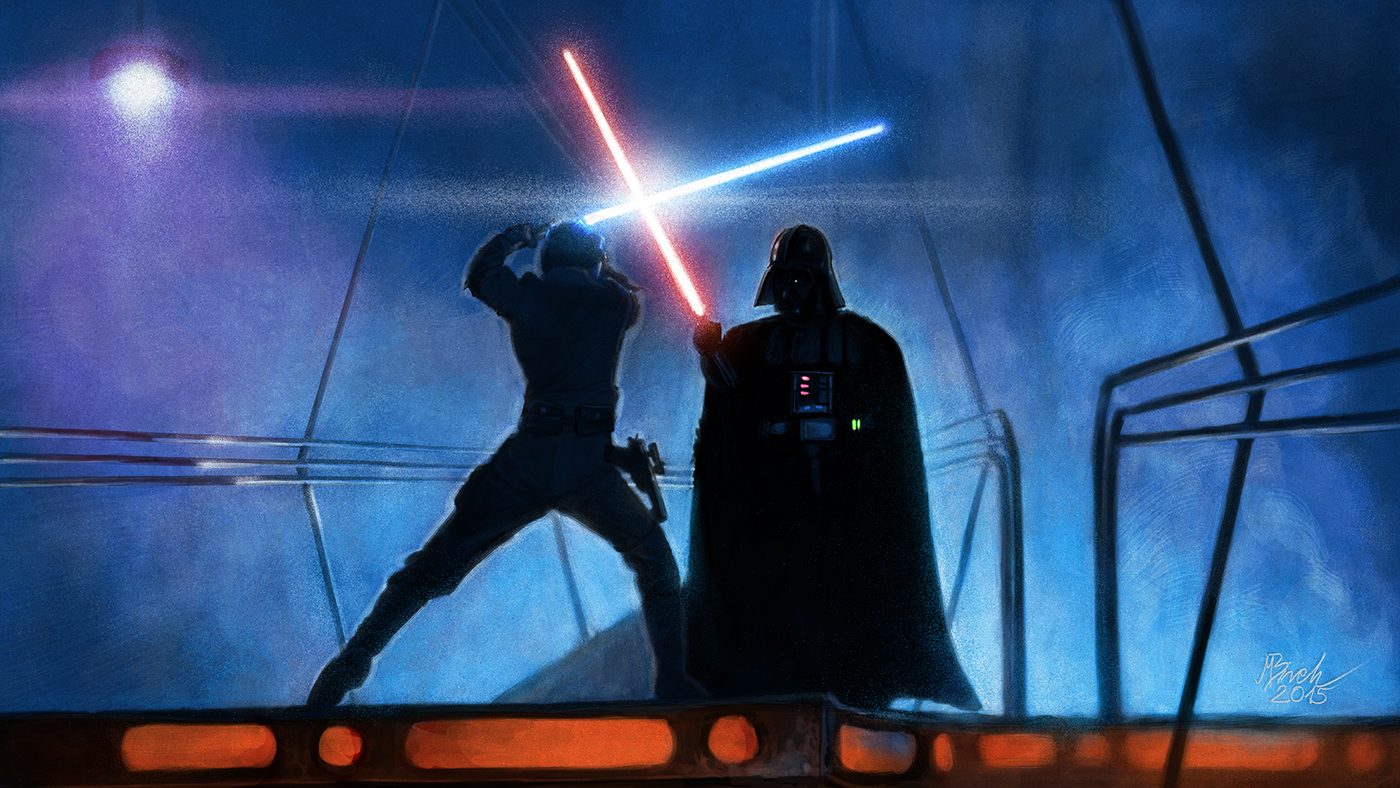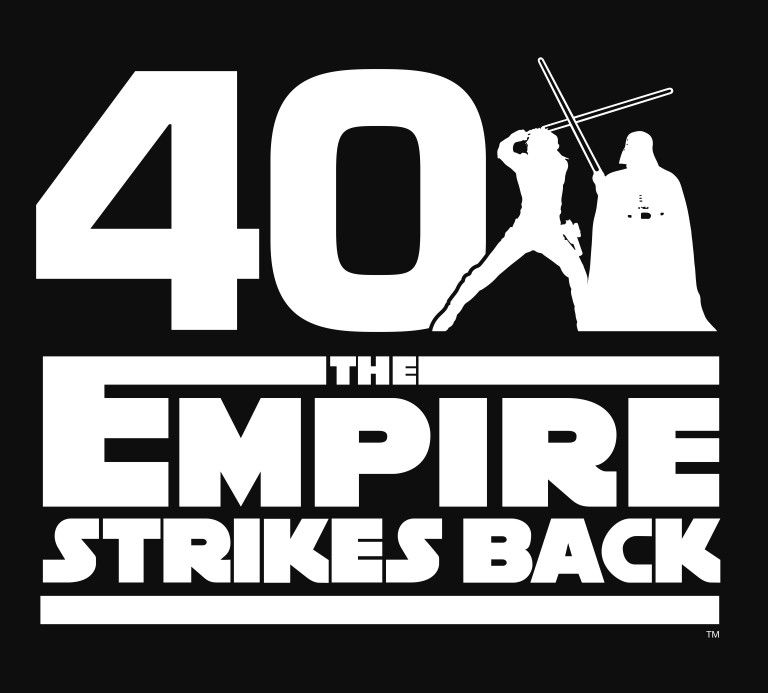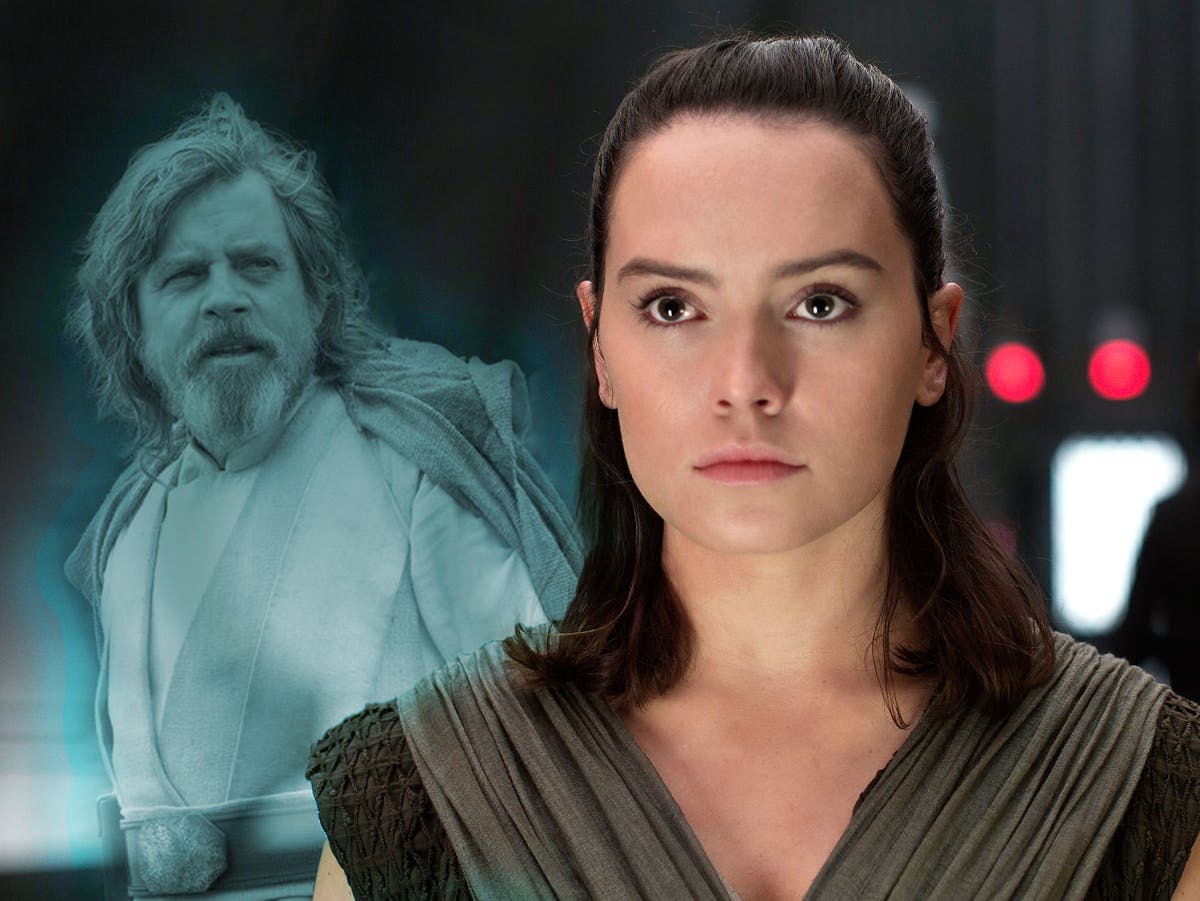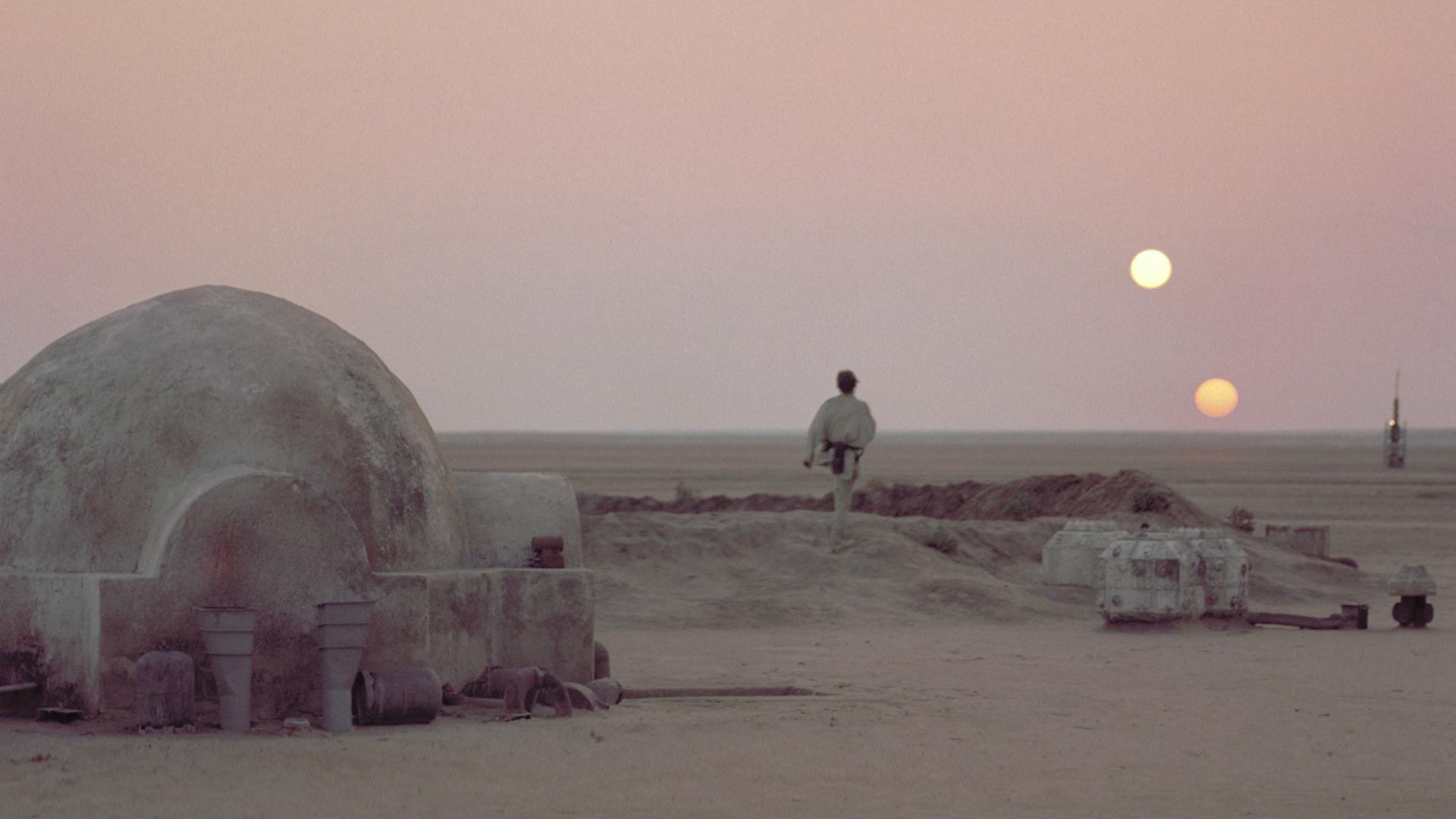
Continuing our look at the Star Wars planet from the worst to the best, here are the most memorable worlds a galaxy far, far away. The planets on the list are scored on a scale of 30 points in three categories.
Plot Significance: so, out of these three categories, this the most straightforward; how important is the planet to the plot of the movie it’s featured in, or to the overarching story. In this way, the perfect planet is one that couldn’t be replaced by any other.
Design: Usually related to visuals, but design can go down to the characters, the ships, the animals, and anything related to the planet. The worst type of design is one that is easily forgettable, while the best is one that is visually striking as well as thematically relevant.
The hardest of the three categories to explain is Plausibility, which scores how believable the planet is, usually in a sociological and ecological way. (In theory, none of the planets are really that plausible; no habitable planet would be all desert, all snow, or even all urban sprawl.) So, plausibility is especially relative. In order to be plausible, a planet should have an ecosystem, a society, an economy, and whatever else it needs to feel lived-in. Worlds that change across the movies feel plausible and well-developed. Since plausibility is difficult to gauge, the average plausibility score is about 6. Below that indicates that the planet is not very believable, and above that means it is rather believable.

20. Dagobah
Appearances: The Empire Strikes Back, Return of the Jedi, Revenge of the Sith
Plot Significance: 8 Design: 6.5 Plausibility: 5.5 Total: 20
You might be surprised to see Dagobah this far down on the list, and frankly, so am I. It loses some points for plausibility – is this whole planet just jungle with one hut and magic cave? It makes sense to have Yoda hide out here, because it’s isolated and lonely, but that puts it a little further down this ranking.
Also, an important design detail: outside of the creature in the water that momentarily attacks R2D2, all of the creatures we see on Dagobah are just regular Earth creatures. That might have gone unnoticed when Empire first debuted, but with the standards of design post-prequel trilogy, that feels lazy.
Yoda’s hut is neat, but obviously the point of interest here is the cave. Luke goes in there, against the advice of Yoda, and is confronted by an image of Darth Vader. It’s such an exciting and intriguing element of Dagobah that I wished had been a little more developed; what’s this place’s connection to the Force?
There’s nothing wrong with Dagobah, but it all blends together. As a setting, it just feels empty.
19. Kamino
Appearance: Attack of the Clones
Plot Significance: 7 Design: 8 Plausibility: 5 Total: 20
Kamino is very eerie, and that makes me love it. The obvious significance to the plot is that it is where the clones, and later, the Stormtroopers come from.
I think that storms in fiction can kind of be used as an overdone trope; when a character looks out the window and notes “there’s a storm coming,” and it’s supposed to be a brilliant device that symbolizes the upcoming turbulence. But on Kamino, this is done seamlessly, because the entire planet is a storm. It’s subtle enough not to be noticed. Having the clones made on a planet where it’s always raining gives the whole thing a very creepy vibe.
Speaking of creepy, how about the Kaminoans? They look slightly angelic in an incredibly unsettling kind of way. This is some excellent creature design
But also, is Kamino a planet of exclusively water, with a manufacturing plant built on top of it? Sure, Earth at one point was covered in water, but if you found a planet of entirely water, would you build a manufacturing plant there? I do find the whole thing a little difficult to believe, but Kamino is one of my favorite planets in Kamino.

18. Takodana
Appearances: The Force Awakens
Plot Significance: 7 Design: 7 Plausibility: 7 Total: 21
“I didn’t know there was this much green in the galaxy.” – Rey
Let’s go over everything that happens on Takodana; the Millennium Falcon, flown by Han/Chewie/Finn/Rey, they stop by Maz Kanata’s bar, the First Order attacks, there’s an exciting battle, “TRAITOR!” Rey gets taken hostage, Han and Finn leave with Leia.
We get a decent look at this planet; when Rey is being chased by Kylo Ren, we get to see the jungle. The space battle and land-battle which breaks out uses the area’s terrain to a pretty exciting degree, and I really leave this planet with a good impression of it.
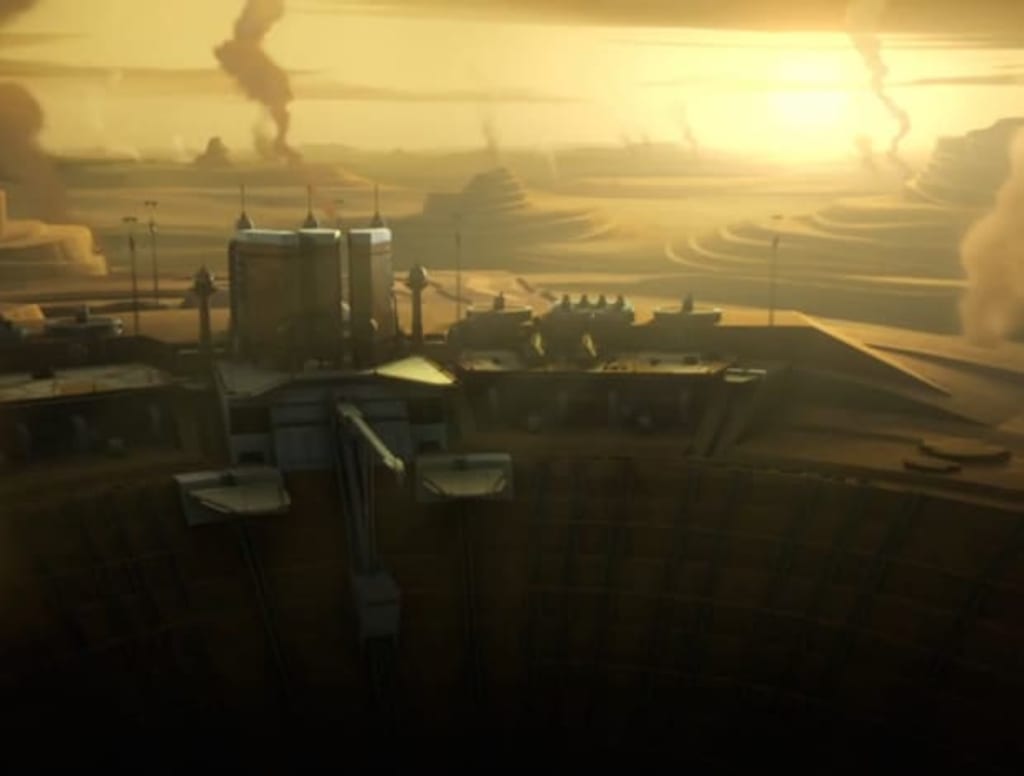
17. Kessel
Appearances: Solo
Plot Significance: 6 Design: 8 Plausibility: 7 Total: 21
So, the Kessel Run has been mentioned constantly through Star Wars, so it makes sense that we’d get to see Kessel and the Kessel Run in Solo. I’m still not sold on the Kessel Run and why exactly we needed to see it, but Kessel itself is so awesome! The mine is well-designed, and feels lived-in. Watching the characters interact with the environment, and the environment change in response feels like a real-life situation. The uprising started by L3-37 is a bit silly, but again, it feels authentic.
16. Pasaana
Appearances: Rise of Skywalker
Plot Significance: 6 Design: 8 Plausibility: 7 Total: 21
I saw Pasaana in the early Rise of Skywalker trailers and groaned. “Oh no, another desert planet. Great.” But Pasaana manages to set itself apart with its Life Day Celebration Festival of the Ancestors. My absolute favorite shot from Rise of Skywalker is the one used in the trailer, where our heroes round a corner and see the Festival. It’s visually exciting and feels real. The population celebrating the Festival and the interlude with the quicksand and the snake monster is just icing on this pretty good cake.
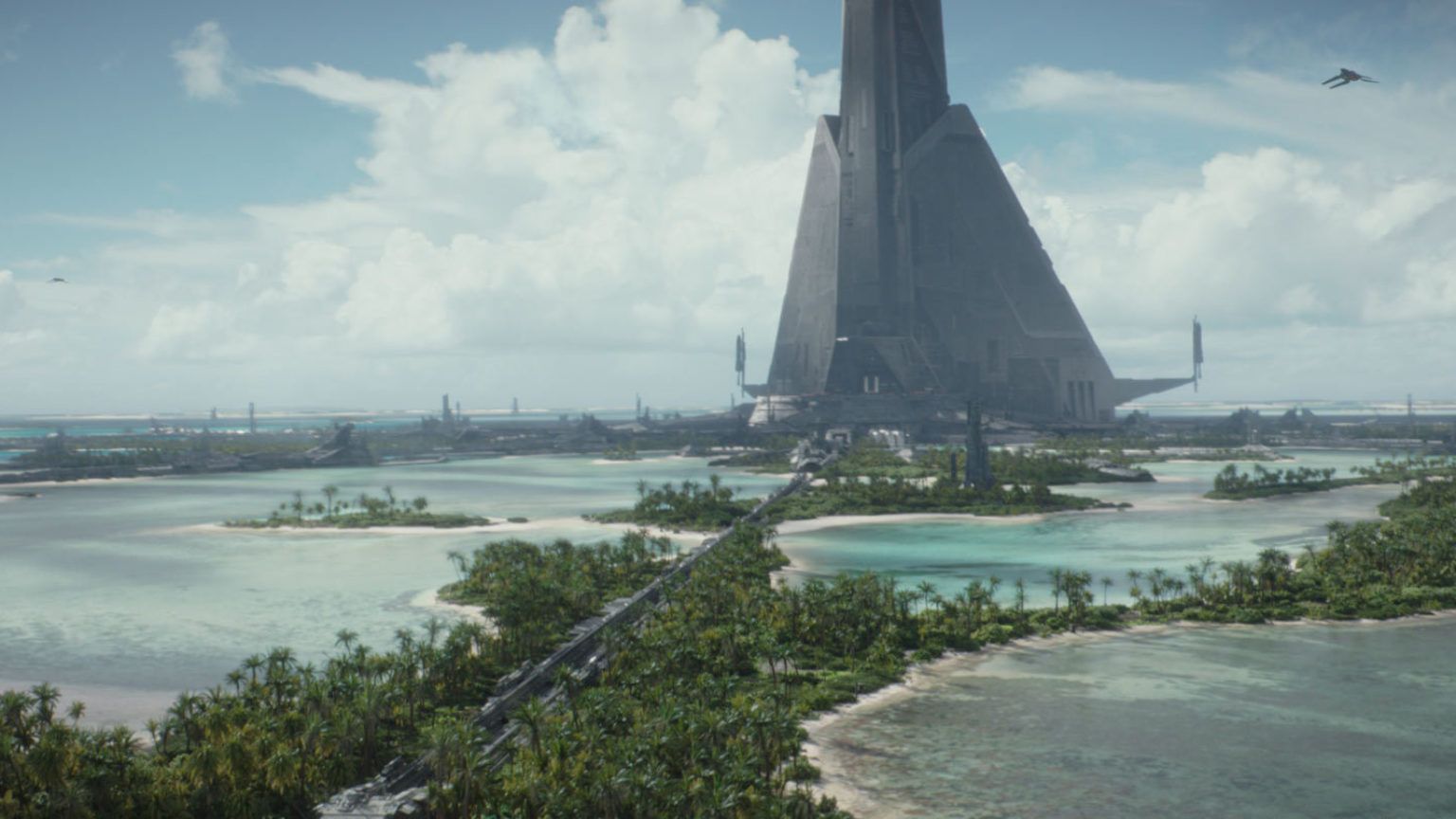
15. Scarif
Appearances: Rogue One
Plot Significance: 7 Design: 7 Plausibility: 8 Total: 22
This beach planet makes for an interesting battleground during the most interesting part of Rogue One. It makes for a refreshing change of pace, much in the same way the action in Rogue One is a change of pace from the action in other Star Wars movies. We get to see a battle from the perspective of infantrymen in a way that feels more visceral than similar scenes from the Original Trilogy. Similar to Lah’mu, having the violence of the Empire set against a verdant, green planet only highlights how villainous and destructive they can be.
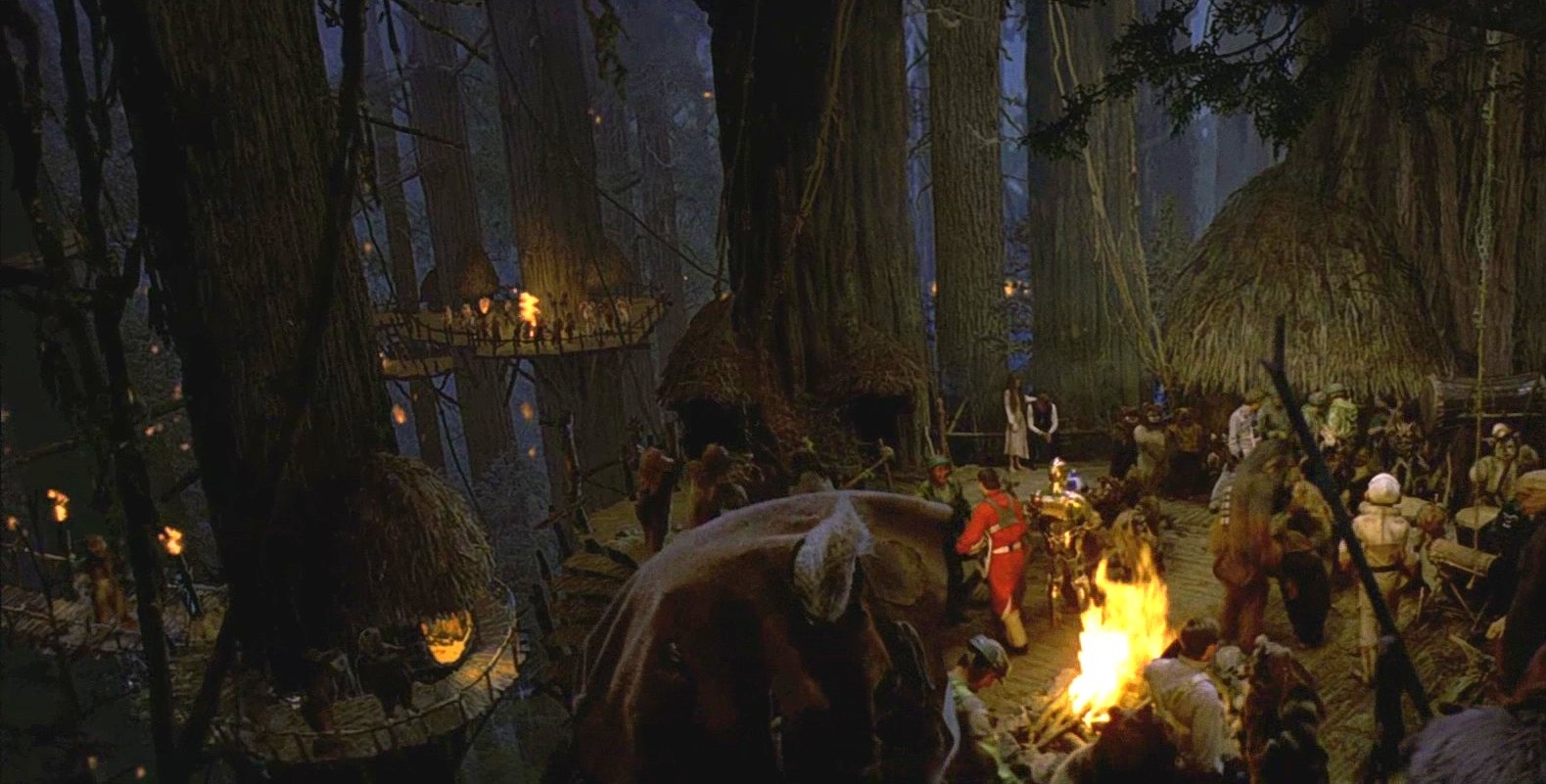
14. Forest Moon of Endor
Appearances: Return of the Jedi
Plot Significance: 8 Design: 7 Plausibility: 7 Total: 22
Endor! Who doesn’t love Endor? And again, if the scenes on the Ocean Moon took place on the Forest Moon, I’d probably rate this a little bit higher.
But Endor is great. The Ewok village is intricate and fun, and while the Ewoks might be tonally at odds with the end of the trilogy, they’re undeniably cute. And they facilitate the change on Endor during the course of the movie – we watch as the Ewoks and the Rebels band together to fight the Empire. It puts another perspective on the struggle against the Empire; even primitive teddy bears will come together to take down a regime.
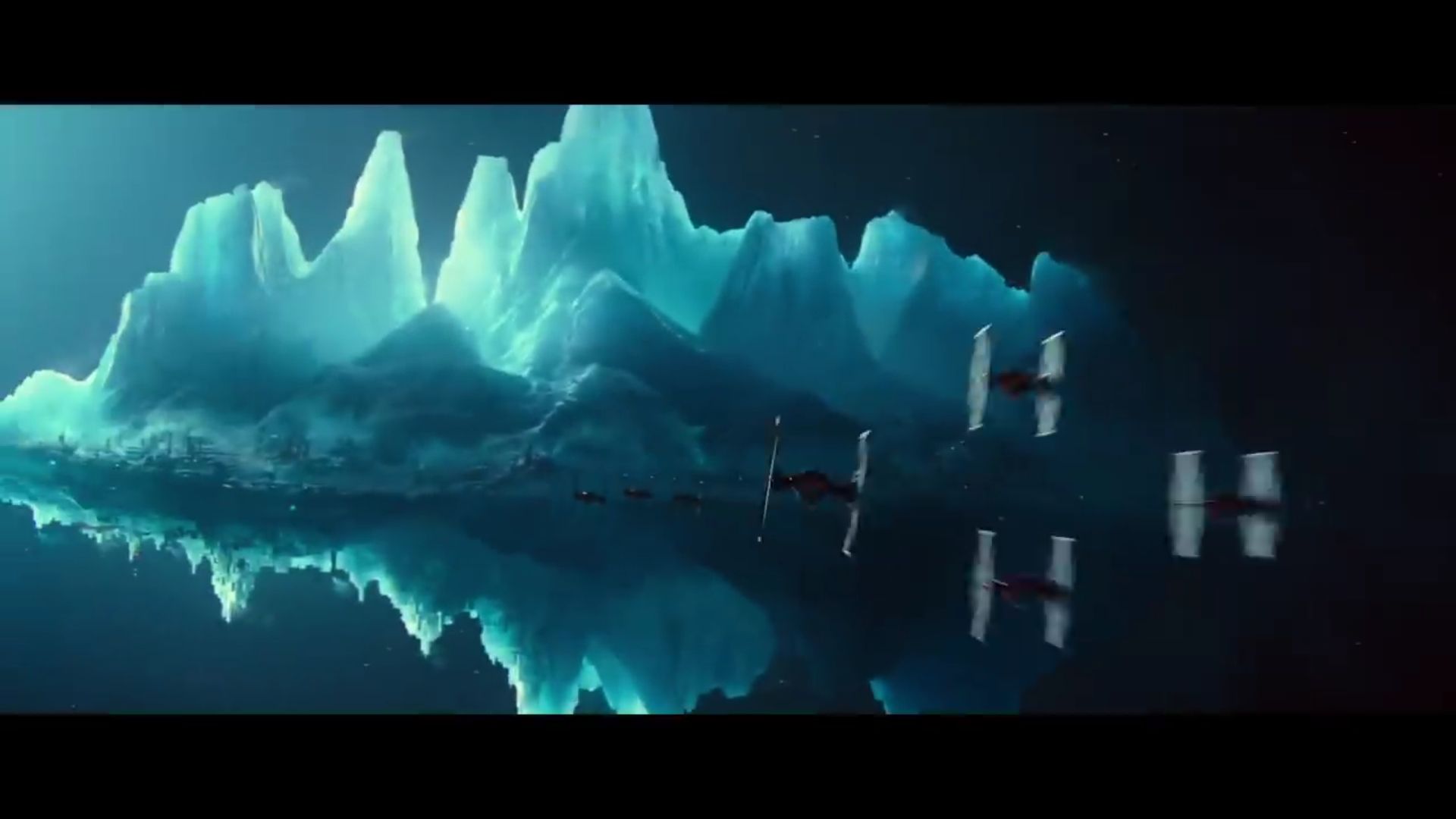
13. Exegol
Appearances: Rise of Skywalker
Plot Significance: 9 Design: 8 Plausibility 5 Total: 22
All right, let me get the negatives out of the way first: do you mean to tell me that this entire planet is perpetually stormy and perpetually evil? Introducing Sith as a planetary culture rather than an order raises more questions than it answers.
That being said; the Sith temple is dramatic and over-the-top, and I wouldn’t have it any other way. It’s sinister and creepy, and it’s a fitting place for the end of the Skywalker Saga. The Temple is huge and feels overwhelmingly empty, and the introduction with the Knights of Ren and Palpatine’s chambers properly set the tone on the most sinister planet in the galaxy.
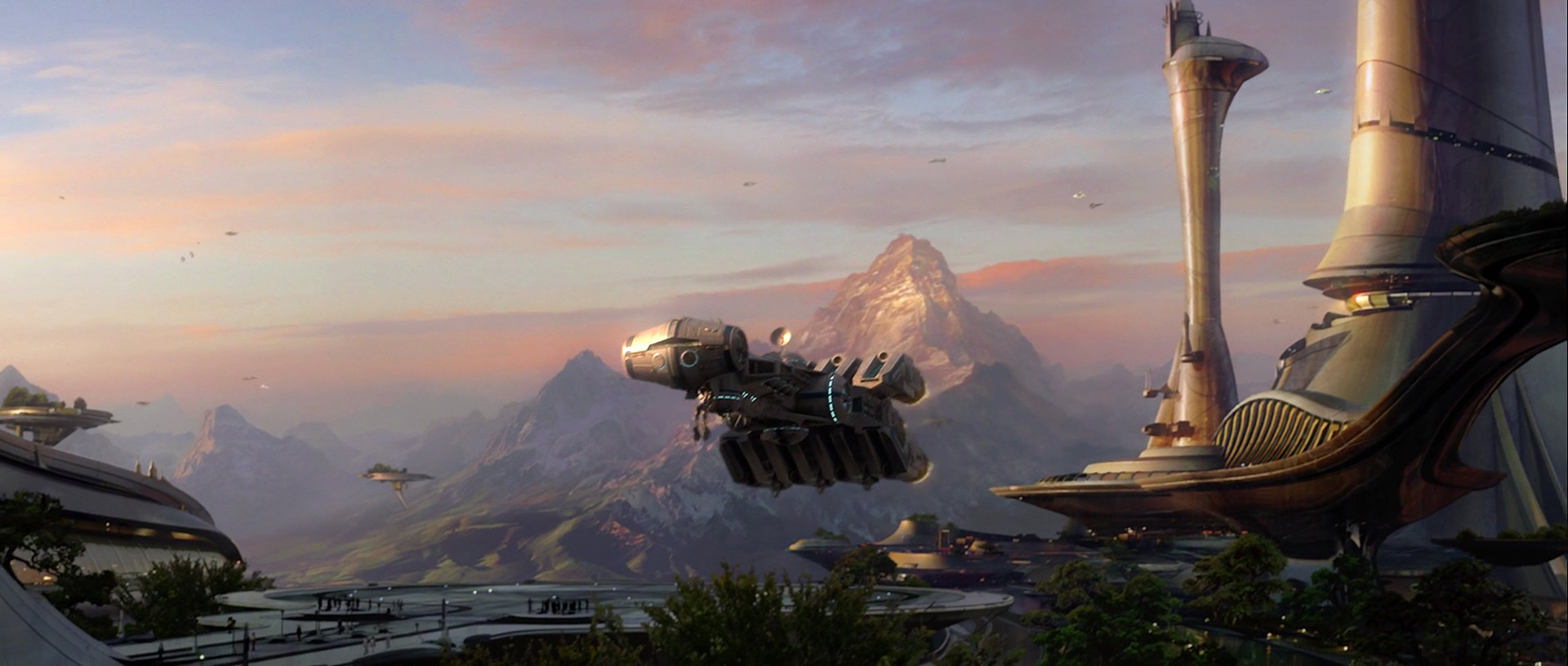
12. Alderaan
Appearances: Revenge of the Sith, A New Hope
Plot Significance: 6 Design: 8 Plausibility: 8 Total: 22
“I felt a great disturbance in the Force, as if millions of voices suddenly cried out in terror and were suddenly silenced. I fear something terrible has happened.” – Obi-Wan
I considered saying that Alderaan’s destruction is the only planet whose destruction actually carries any weight but also… it doesn’t really. I don’t think the rebellion would have been any less motivated, and the Death Star likely would have been destroyed. Leia is upset for one scene and then goes back to normal. Alderaan is not mentioned in A New Hope after its destroyed. I get that mentioning the fact that millions of people were destroyed in a fiery explosion kind of doesn’t jive with the light tone these movies have but like… give me one pilot saying “we have to do it for Alderaan,” or anything.
That aside, I have a lot to praise about the planet’s design and plausibility. What little we see of it is really cool, and most resembles Earth. Revenge of the Sith makes me wish we saw more of Alderaan in any of the movies.
11. Corellia
Appearances: Solo
Plot Significance: 7 Design: 8 Plausibility: 8 Total: 23
I like Corellia!
We don’t see too much of it, but it’s a good place to start the action in Solo. It’s shabby, and grimy, and perfectly sets the tone for the type of movie you’re going to watch. All in all, Corellia seems like a pretty terrible place to be, so the chase scene with Han and Qi’ra trying to escape is thrilling, and you really root for the two of them. The speeder moving through the streets make for a great action sequence that shows a different kind of economic disparity. This is Han’s Tatooine, and I think getting to see it is an important part of his story. This planet gave us both Han Solo and the Millennium Falcon (a Corellian freighter). I’d certainly say this planet has earned its place this high on the list.
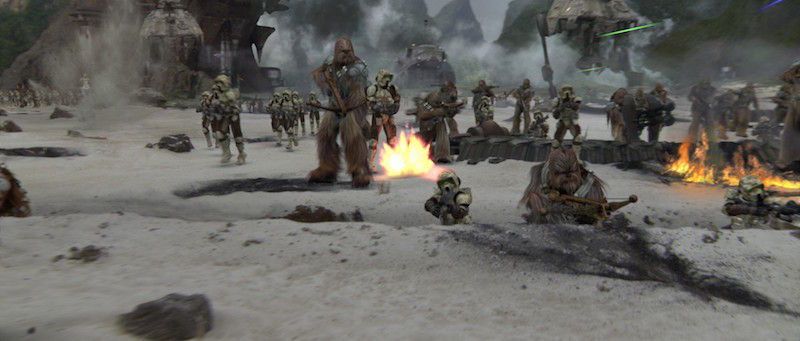
10. Kashyyyk
Appearances: Revenge of the Sith
Plot Significance: 6 Design: 9 Plausibility 8 Total: 23
“But what about the droid attack on the Wookies?!” – Ki-Adi-Mundi
It’s hard to qualify why I like Kashyyyk as much as I do. It’s visually stunning (design), isn’t just one type of terrain (plausibility), and is significant enough (but, compared to the other planets in Revenge of the Sith most feels like a side quest). One thing that does make Kashyyyk feel a little more plausible is knowing how the Empire exploits it for their own gain, enslaving many Wookies. Almost a little too true to life.
Kashyyyk has all of my favorite qualities from Endor – intricate treehouse settlements and a conflict which shows the struggle between technology and nature.

9. Hoth
Appearances: Empire Strikes Back
Plot Significance: 8 Design: 8 Plausibility: 7.5 Total: 23.5
Hoth is spectacular, even though we see relatively little of it. We get little glimpses into its Ecosystem; tauntauns and wampas show a fair amount of how this planet operates, and how difficult it can be to survive. How desperate must the Rebels be if they decided to move their base from Yavin to Hoth?
And the AT-AT attack on the Rebel Base is iconic. When the first one is taken down, it feels like a huge victory, but ultimately, the AT-ATs win the battle. This properly sets the tone for what ultimately ends up being the original tonally darker sequel.

8. Bespin
Appearances: Empire Strikes Back
Plot Significance: 9 Design: 8 Plausibility: 7 Total: 24
“You truly belong with us among the clouds.” – Lando
This is where Star Wars’ biggest moments happen. Bespin’s Cloud City is where Empire’s climax takes place. Lando sells out his friends, Han gets frozen in carbonite, Darth Vader reveals himself to be Luke’s father.
Bespin as a settlement is fine, I appreciate how they have their own little economy of mining, and we get to see the junk traders who want to scrap C3PO. And that economy facilitates the biggest choice in that movie: Lando’s betrayal is motivated by his interest in bolstering Bespin’s economy.
I had thought to take away some plausibility points from Bespin just on the basis that we only see Cloud City and never get to see the planet’s surface, but then I did a little more research and found that Bespin is a gas planet, so there likely is no surface.
But Bespin’s greatest strength is in its set design; the carbon-freezing room is visually amazing. Contrast that with the sterile, stuffy hallways our characters are seen walking through. And the duel between Vader and Luke shows us the interior of the mining facility, which is the only place where such an intense confrontation could possibly take place.
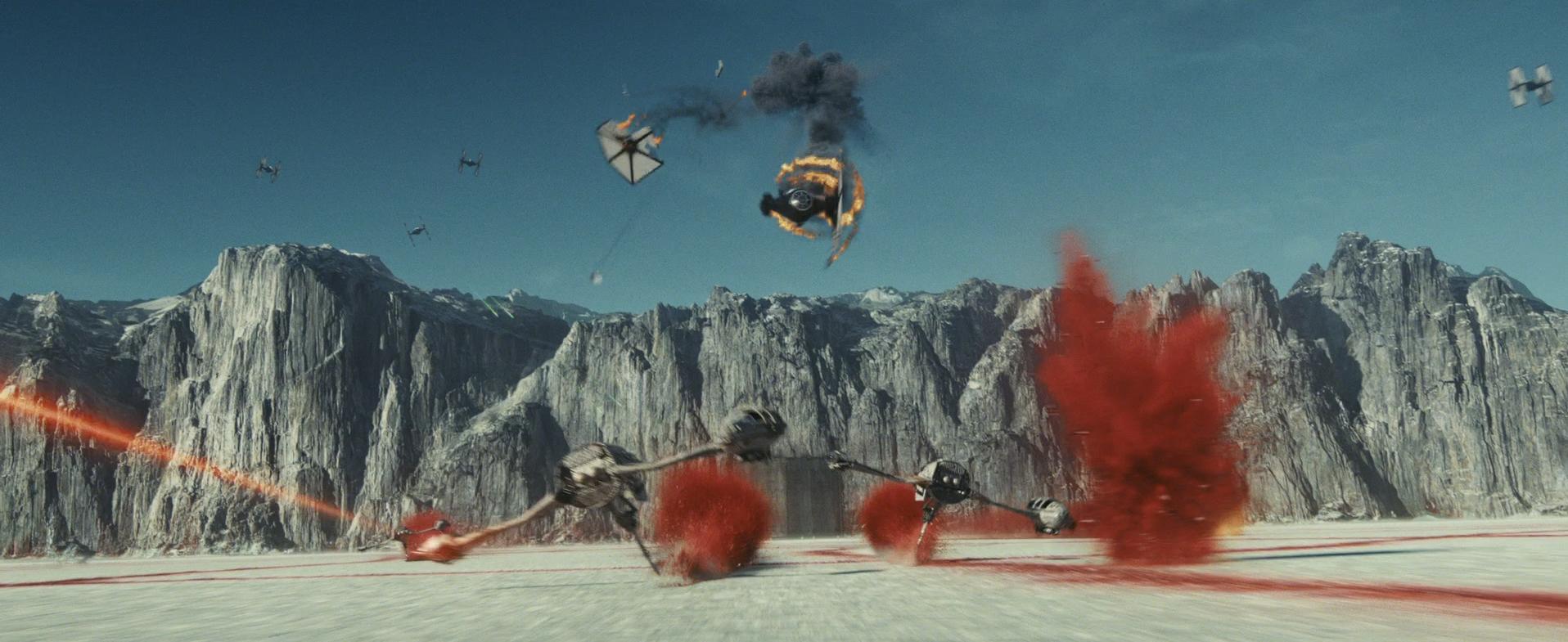
7. Crait
Appearances: The Last Jedi
Plot Significance: 8 Design: 10 Plausibility: 6 Total: 24
Perhaps the most cinematically enchanting planet in all of Star Wars, the battle on Crait gave the studio its color scheme for The Last Jedi poster. This planet easily wins 10 points in the design category. Yes, the color schematic of white salt that turns red when disrupted is a simple gimmick, but it is a gimmick used to a brilliant effect, especially in the “duel” between Kylo Ren and Luke – notice how Luke doesn’t leave footsteps, indicating that he’s not really there. What a clever use of setting!
As far as plot significance, the climax of the movie is set here, and Luke makes his last stand. It’s really tremendous. As far as plausibility, Crait is plausible enough; it’s a salt mining planet that has since been abandoned, and thus makes sense as a hideout for the Resistance.
Crait is possibly the finest examples of the sequel trilogy’s attempts to show us worlds that are new and captivating.
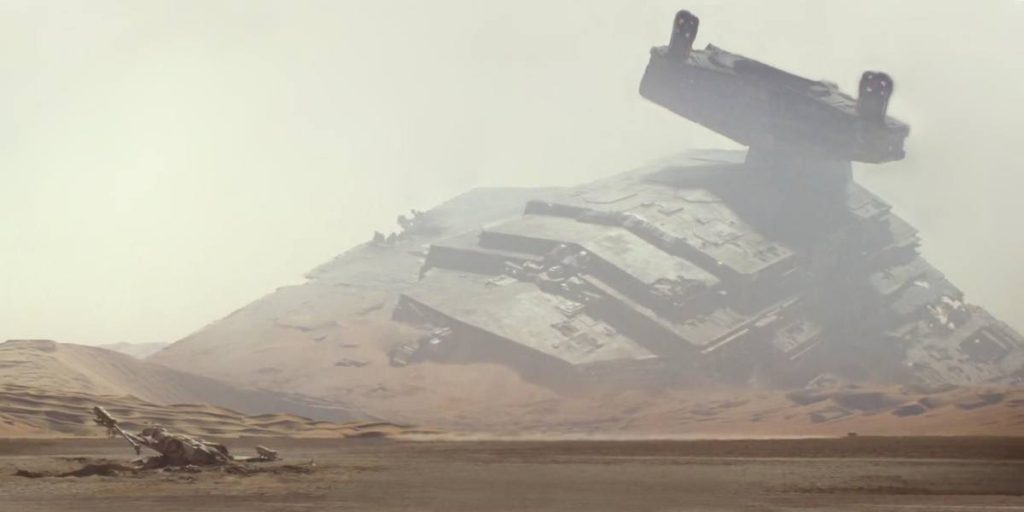
6. Jakku
Appearances: The Force Awakens
Plot Significance: 7 Design: 8 Plausibility: 10 Total: 25
“All right, that is pretty much nowhere.” – Luke
“Why does it always have to be a desert planet?” I grumbled, watching the opening scenes of The Force Awakens. I assumed that just because the trailers showed a desert, that we’d get Tatooine, or worse, a Tatooine knock-off.
But in its small differences, Jakku manages to set itself apart. Jakku was the location of a battle shortly after the fall of the Empire in Return of the Jedi, which led to a community of scavengers and junk traders. It’s a logical cause-and-effect relationship that gives the planet some verisimilitude that other planets don’t have.
Another small but highly amusing touch is that people constantly comment that the Millennium Falcon is a piece of junk, so to have it in the hands of junk traders is really just exceedingly fitting. This world feels lived-in and thought-out.
And I love all of the design elements, like seeing how Rey lives in an AT-AT and tallies the days she’s been there. It ends up feeling like Tatooine, but more thematically desperate.

5. Tatooine
Appearances: Really, are you going to make me list all of them? Fine. Phantom Menace, Attack of the Clones, Revenge of the Sith, A New Hope, Return of the Jedi, The Rise of Skywalker
Plot Significance: 10 Design: 8 Plausibility: 7 Total: 25
“If there’s a bright center to the universe, you’re on the planet that it’s farthest from.” – Luke
The OG! Tatooine is the planet the saga keeps coming back to. I haven’t done a full count, but I’m sure Tatooine has the most screen time by a pretty wide margin – I’d bet Coruscant is the only planet that almost comes close.
There’s a lot that happens here – Podracing, the attack of the Tusken Raiders, the beginning of Luke’s quest, Jabba the Hutt gets taken down, and Rey becomes a Skywalker. There’s no way this planet couldn’t get a 10 in the Plot Significance category.
Design here is pretty neat; the real-life Tunisian architecture is used to show us Mos Eisley. But then, in light of Mos Eisley, Mos Espa (where Anakin grew up) is mostly forgettable, with the Podracing stadium being the one point of interest there. Jabba’s palace and the Sarlacc Pit are other standout locations.
Plausibility is adequate – we see different societies like the Tusken Raiders and the Jawas, and we see different occupations like droid sellers and moisture farmers, which actually makes a lot of sense in a desert. The only non-plausible thing about Tatooine is why that many people want to live there. Were the property taxes on Alderaan too high?
(Also, I know I said I would stay out of The Mandalorian, but episode 5 of the show gives us some great details about the local economy. After the fall of the Empire, the droids from Jabba’s Palace were out of work, so they went to Mos Eisley where they got work as bartenders, and the cantina which didn’t allow droids in New Hope. I just like to see locations change over time.)
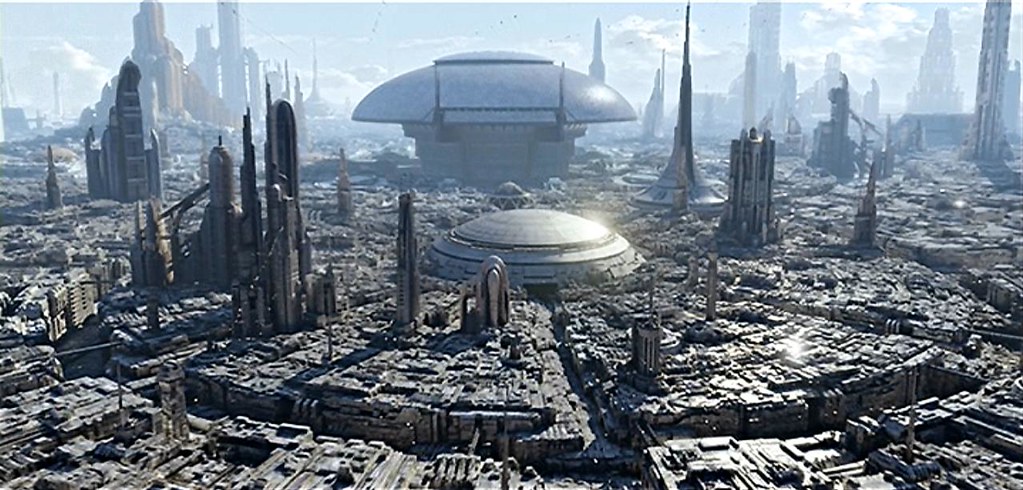
4. Coruscant
Appearances: The Phantom Menace, Attack of the Clones, Revenge of the Sith
Plot Significance: 10 Design: 10 Plausibility: 5 Total: 25
Is it an exaggeration to say that this planet carried the prequels? I don’t think so.
After the OT, getting to see the Galactic Senate feels like a crucial part of seeing the rise of the Empire. And no matter how boring you think the politics of the prequels are, Coruscant is an important part of the trilogy and the Saga as a whole. It is where the Jedi Council thrived, and let the Empire rise right under their noses.
I like getting to see the different locations, with the Senate Chamber and the Council Room are the obvious things. But the other local spots show more of the planet’s nuance; the theater, the skyhighways, the library, the bar where Obi-Wan does not buy Death Sticks, Palpatine’s office, the Jedi meditation rooms… Coruscant feels like a real city, like the galaxy’s equivalent of Washington, D.C.
Coruscant loses plausibility from only being urban sprawl. The movies only show us locations that are in this intensely clustered city area. Are there any public parks or bodies of water or anything?! If the planet were even slightly less crowded, I’d find it more believable.

3. Mustafar
Appearances: Revenge of the Sith, Rogue One, Rise of Skywalker
Plot Significance: 9.5 Design: 9.5 Plausibility: 7 Total: 27
Mustafar is a planet I like more every time I see it. Rogue One showed us that after his defeat by Obi-Wan, Darth Vader built a castle, which makes the planet and the character both a little bit more interesting. And then, in the opening of Rise of Skywalker, we see Kylo Ren’s attack in the forest, showing us that that planet was more than just lava and manufacturing. (Though to be fair, it’s understandable if you didn’t immediately recognize it as Mustafar, I certainly didn’t.) It doesn’t really gain or lose any plausibility points, it’s a planet that seems to be mostly volcanic, but I’m glad to see it wasn’t the same all around.
But Mustafar is best known for Obi-Wan and Anakin’s duel, and it is a planet that really reflects the conflict that takes place there. The landscape is fiery and violent and is the only fitting place for the end of Anakin’s prequel arc. Revenge of the Sith is a violent and dramatic movie, and this is perhaps the only place violent and dramatic enough for the conclusion of the movie.

2. Ahch-To
Appearances: The Force Awakens, The Last Jedi, The Rise of Skywalker
Plot Significance: 9.5 Design: 9.5 Plausibility: 7 Total: 27
“You think that I came to the most unfindable place in the galaxy for no reason at all? Go away.”-Luke
I considered having an additional category for thematic relevance, and if I had, both Ahch-To and Mustafar would have gotten an additional 10 points. Serving as the ancient birthplace of the Jedi, Ahch-To represents something important in the sequel trilogy; it’s an obstacle for the characters to overcome. First, in Last Jedi, Luke has resolved that he plans to die there (without doing anything else) and spends most of the movie reaching the decision to overcome that. In Rise of Skywalker, Rey resolves to do the same thing, but Luke helps her overcome that. The fact that we are only shown the one island helps solidify the theme of isolation that both characters are looking for.
Somewhat obviously, this world loses societal and environmental plausibility because we see so little of it. Sure, like Earth, it’s a world that seems to be made up mostly of water, which makes it fairly believable. It has a small society of the fish-like nuns and an ecosystem that includes porgs and other animals. For me, that certainly puts it above average on the plausibility scale.
But again, we only see the temple island and its features by design. Ahch-To represents isolation, meditation, and despair. Thematically, the most important thing a character can do on Ahch-To is to leave, thereby overcoming despair.

1. Naboo
Appearances: The Phantom Menace, Attack of the Clones
Plot Significance: 10 Design: 9 Plausibility: 10 Total: 29
“PEACE!” – Boss Nass
While I don’t think there’s an inverse relationship between the movies that put a greater emphasis on the planets, I do think it’s ironic that the best planet on this ranking is from what many viewers and critics consider to be the two worst movies in the franchise. And yet, Naboo is the best-developed planet across all eleven movies.
While Naboo isn’t crucial to the plot of the Skywalker Saga beyond Phantom Menace, the planet has an entire arc across that first movie: the reconciling of two distinct people groups on the same planet.
And that goes to another thing that Naboo does better than the other planets: Plausibility. There are different locations on this planet that feel unique, like a true, biodiverse planet. We see the royal palace, we see the swampy forests, we see the fields, but we also see an underwater city. Love them or hate them (probably hate them), the Gungans are a crucial part of what makes Naboo such an excellent setting.
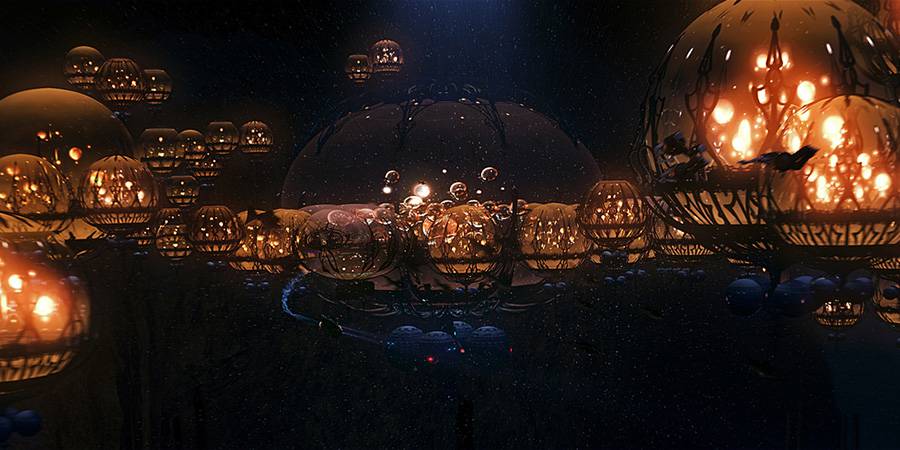
Naboo’s story in The Phantom Menace is one of two symbiotic societies learning to cooperate with each other to fight an outside threat – the Gungans from underwater and the above-ground natives of Naboo uniting to fight the Trade Federation droids. The movie starts with the Federation’s tanks moving across the forests of Naboo and ends with Boss Nass and Amidala’s peace parade.
It’s almost unsurprising since we spend such a significant amount of time here, but Naboo is highly plausible, carries its own story, changes over time, has different societies and ecosystems, and manages to be beautifully designed. The prequels did not do everything perfectly, but their attention and ambition in the design of planets shines brightest with Naboo.
Of course, this ranking is subjective, and what I look for in the design of a planet. Maybe you look for something else, so I’m interested to hear: what do you look for in a Star Wars setting, and which planet is your favorite?
Special thanks to Andrew Rainaldi at Pop Cultural Studies for providing this guest post.
Andrew writes about Star Wars and a variety of other topics on: https://popculturalstudies.wordpress.com
